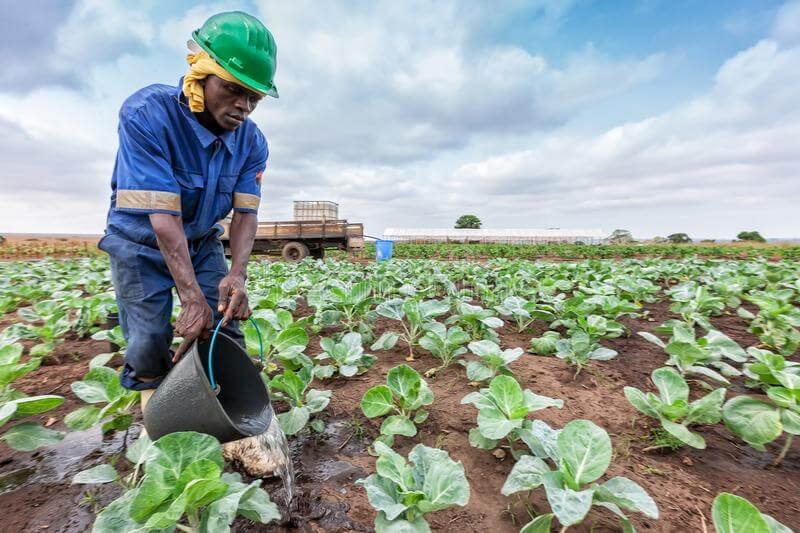Across farms worldwide, there are now warning signs of a pandemic in food crops. More than 600 pest species have developed some form of resistance to pesticides, which causes $10 billion in losses in the United States alone each year. Climate volatility intensifies these threats, and many crops are already suffering—citrus blight and banana fungus wreak havoc for growers and supply chains.
…
Scientists are already using gene editing to develop more resilient seeds and plants that can sequester more carbon. Other technologies that originated in pharma, like targeted protein degradation, also have promising applications in agriculture.
Just as the scientific community tackled COVID-19 with a toolkit of treatments, vaccines, and preventative measures, the ag industry can develop a set of safe, effective resources with which growers can rapidly respond to emerging threats.































